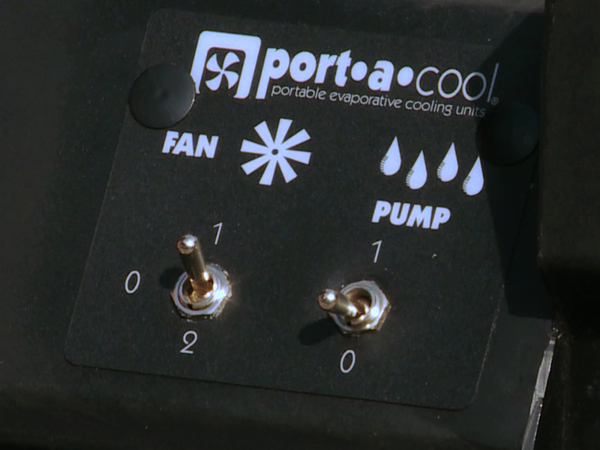Hydraulic systems play a crucial role in various industries, offering efficient power transmission through fluids under pressure. From heavy machinery to automotive applications, hydraulics provide the muscle behind powerful and precise movement. In this article, we’ll explore the basics of hydraulic systems, their uses, and how they intersect with other critical materials like geomembranes in specific applications.
What is a hydraulic system and how does it work?
A hydraulic system is a mechanism that uses pressurized fluid, usually oil or water, to transmit power. It operates based on Pascal’s Law, which states that pressure applied to a confined fluid is transmitted equally in all directions. This principle allows for force multiplication and enables the system to generate significant power even with small fluid inputs. Hydraulic systems are widely used in applications requiring high force, such as construction equipment, automotive braking systems, and industrial machinery.

What are the common components of a hydraulic system?
A typical hydraulic system consists of the following key components:
- Pump: It pressurizes the fluid, creating the necessary force to power the system.
- Hydraulic fluid: Usually oil, it transmits power throughout the system.
- Actuator: Converts the hydraulic pressure into mechanical movement, which can be linear (cylinders) or rotational (motors).
- Valves: Control the flow and direction of the hydraulic fluid.
- Reservoir: Stores hydraulic fluid when it’s not in use.
- Filters: Remove contaminants to maintain fluid purity.
Each of these components plays a vital role in ensuring that the hydraulic system runs smoothly and efficiently.
What industries commonly use hydraulic systems?
Hydraulic systems are employed across a wide range of industries due to their versatility and efficiency in handling heavy loads. Some key sectors include:
- Construction: Excavators, cranes, and loaders all rely on hydraulic power to lift, move, and manipulate heavy materials.
- Automotive: Brakes, power steering, and suspension systems use hydraulics for controlled movement and responsiveness.
- Manufacturing: Industrial presses and robotic arms in factories use hydraulic systems for precision and force.
- Aerospace: Aircraft landing gear and flight control systems depend on hydraulics for reliable performance.
- Marine: Hydraulics are used in ship steering, propulsion systems, and docking mechanisms.
How are hydraulics and geomembranes used together in industrial applications?
Hydraulic systems and geomembranes often intersect in industries like environmental engineering and construction. Geomembranes, impermeable liners typically made from synthetic materials, are used to contain fluids in systems like landfills, reservoirs, and hydraulic containment ponds. In hydraulic applications, these membranes prevent contamination by ensuring that hydraulic fluids do not leak into the surrounding environment. They play a crucial role in creating barriers for fluid storage, particularly in environmental protection and waste management projects where liquid containment is essential.
Hydraulic systems are essential to numerous industries, providing a reliable means of transferring power through pressurized fluids. From construction machinery to automotive components, hydraulics are integral to operations that demand force and precision. By understanding how these systems function and their key applications, businesses can harness hydraulic technology to improve efficiency and performance. Additionally, materials like geomembranes complement hydraulics in specific industries, offering critical containment solutions in environmentally sensitive projects.